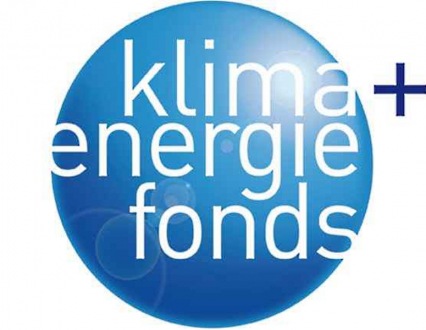
Funding program: “Innovative climate-neutral process heating and cooling in companies”
Financial support for manufacturing and service companies that want to switch to renewable energies.
The installation of solar collectors in open spaces is mostly preferred over decentralized installation, such as on buildings, because of the lower heat generation costs. In addition, with the approx. two to four times higher costs, it is in most cases technically not possible to produce an equivalent amount of renewable heat for high solar coverage and central heat storage in seasonal storage facilities with decentralized collectors.
Large-scale solar thermal plants, which feed into heat grids or supply heat to large consumers, have to be built close to the consumer due to technical conditions, since heat transport in pipes over long distances is economically and technically difficult to realize.
Solar thermal systems feeding into district heating networks can generate 400 to 600 kWh of heat per square meter per year, while the annual yield of photovoltaic systems is in the magnitude of 100 to 150 kWh. Since heat supply accounts for about 50% and electricity for only about 20% of our total energy consumption, solar thermal systems should be given preference when using open spaces that are close to settlements, heat grids or large consumers. Only in the case that thermal connection possibilities are not given, open areas should be released for photovoltaic use. This can be argued by the fact that open spaces, which are located near larger consumers, should be reserved for the most efficient use.
When selecting open areas for solar thermal use, preference should generally be given to use-restricted areas, provided that they sufficiently fulfill the technical application conditions of proximity to heat grids and major consumers. Areas with restricted use include old landfill sites, water conservation areas, areas adjacent to roads, railroads and airports, or comparable areas that are neither approved nor suitable for commercial or agricultural use. If no sufficient areas are available and the use of grassland or agricultural land is required, an overall concept must be developed. This overall concept can be either a combined use for the purpose of energy production and agricultural use or the combination of energy production and biologically valuable biodiversity areas. Due to the low mowing cycles and the largely low other use, very favorable living conditions develop for plants and also for animals. Plants come into bloom and the collectors provide shelter for nesting and retreats. Active design of biodiversity areas should be considered in the planning of the solar thermal plant.
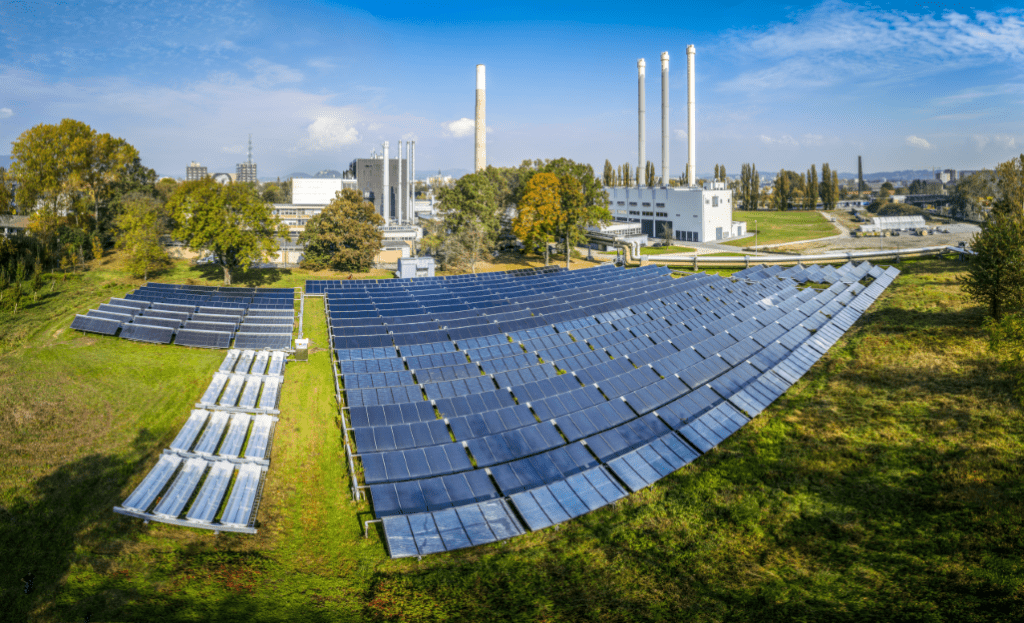

Financial support for manufacturing and service companies that want to switch to renewable energies.
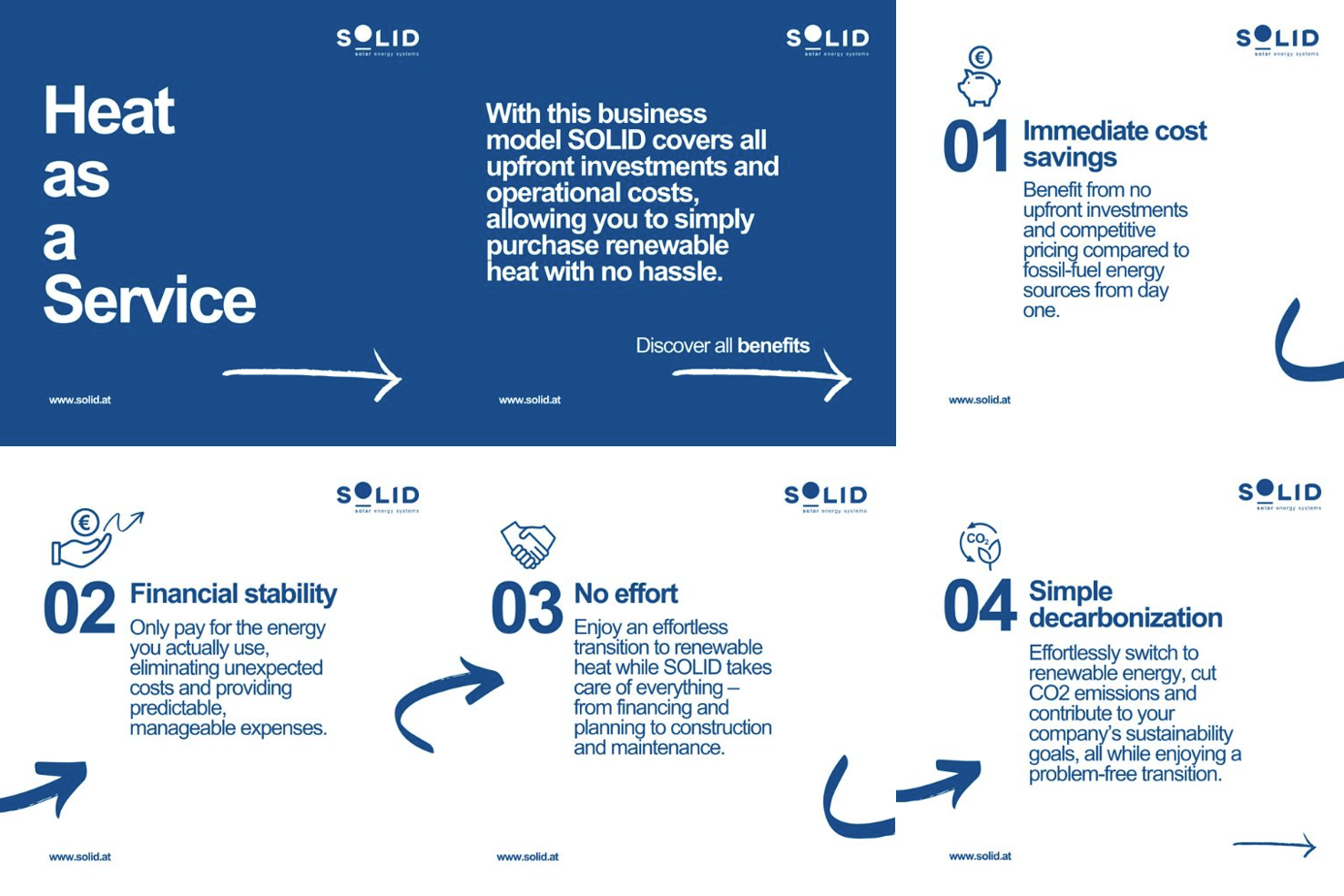
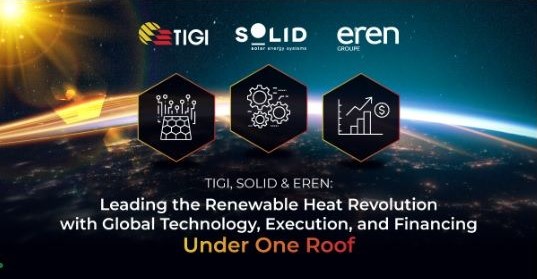
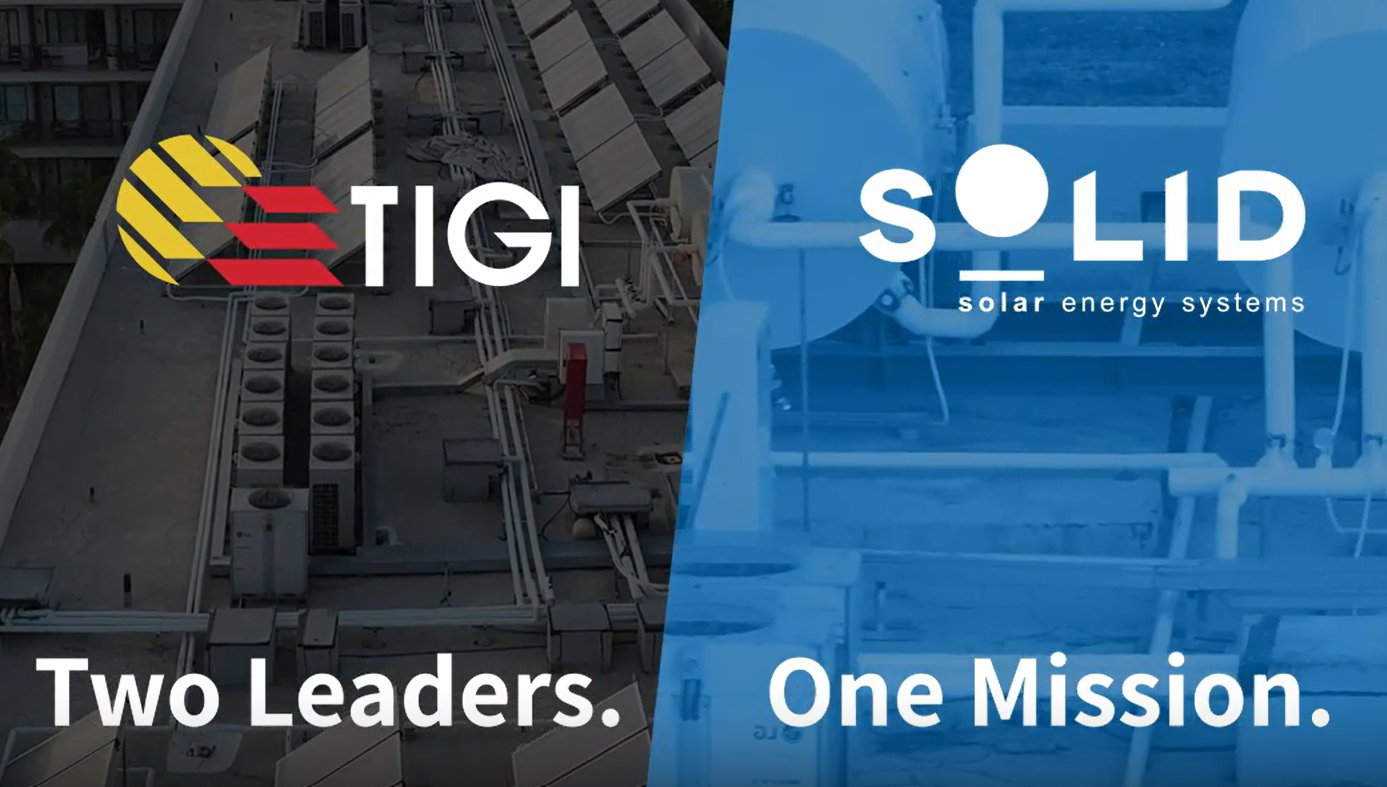
The cooperation combines highly efficient technology for renewable heat with global experience and know-how.
Green news: Latest trends in the spotlight